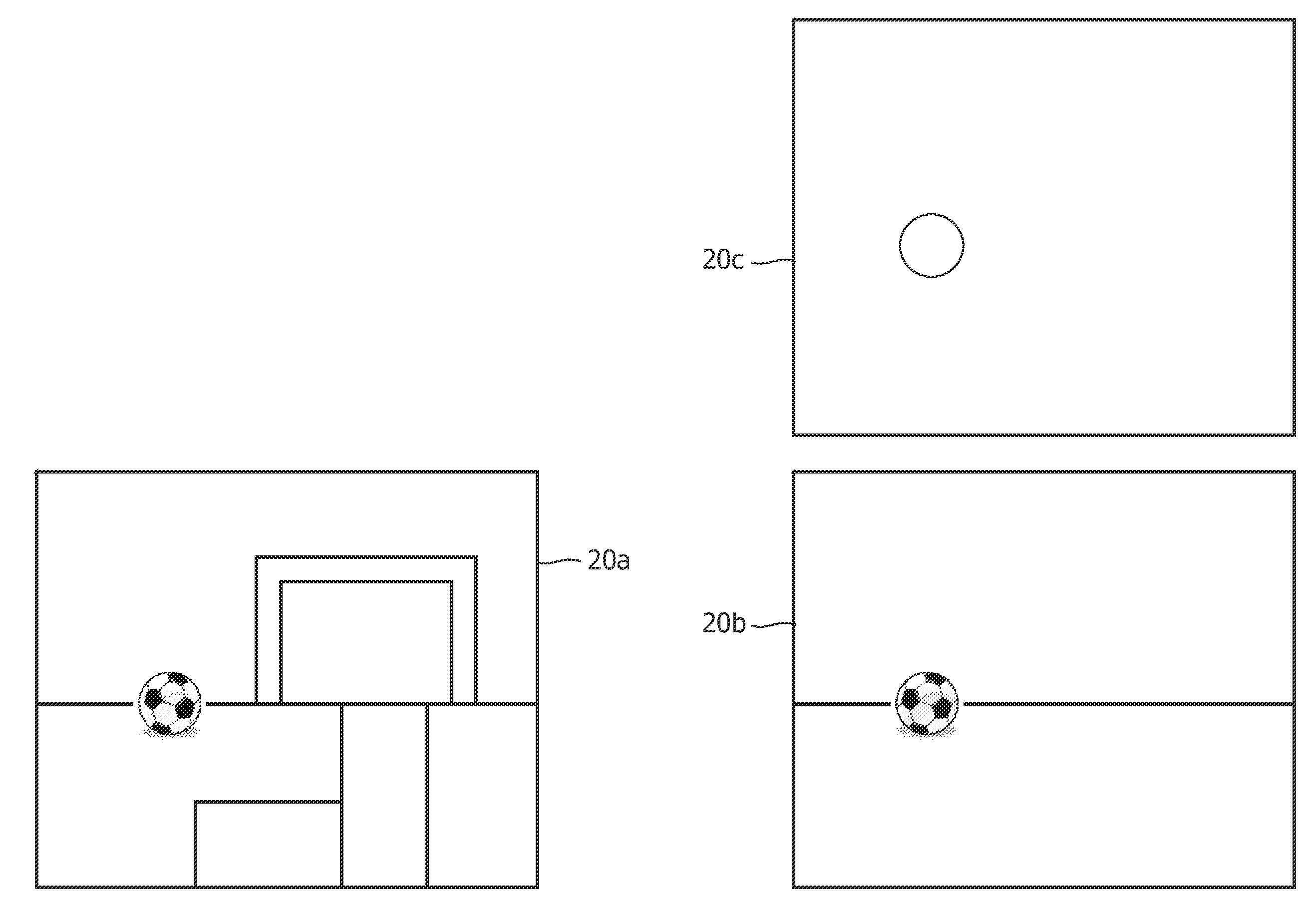Segmentation of image data
- Summary
- Abstract
- Description
- Claims
- Application Information
AI Technical Summary
Benefits of technology
Problems solved by technology
Method used
Image
Examples
Embodiment Construction
[0030]FIG. 1 shows a system that can be used to process image data. The system includes a processor 10, a display device 12 and a user interface comprising a keyboard 14 and a dial 16 (the function of which will be explained in more detail below). The user interface could also include a touch-screen component of the display device 12, which allows efficient selection of segments. The system of FIG. 1 can be configured around a conventional desktop PC, a tabletop PC, a touch tablet with built in display, or could be a professional (graphical) workstation specifically configured for the task of processing the image data. The system is a tool to assist a user who is handling image data. The processor 10 is performing segmentation of image data, for the user to utilise in their present application. In the description below, an example will be illustrated on the basis that the user is using the tool to assist in the creation of a depth map.
[0031]In order to explain the concept of segment...
PUM
 Login to View More
Login to View More Abstract
Description
Claims
Application Information
 Login to View More
Login to View More - R&D
- Intellectual Property
- Life Sciences
- Materials
- Tech Scout
- Unparalleled Data Quality
- Higher Quality Content
- 60% Fewer Hallucinations
Browse by: Latest US Patents, China's latest patents, Technical Efficacy Thesaurus, Application Domain, Technology Topic, Popular Technical Reports.
© 2025 PatSnap. All rights reserved.Legal|Privacy policy|Modern Slavery Act Transparency Statement|Sitemap|About US| Contact US: help@patsnap.com



